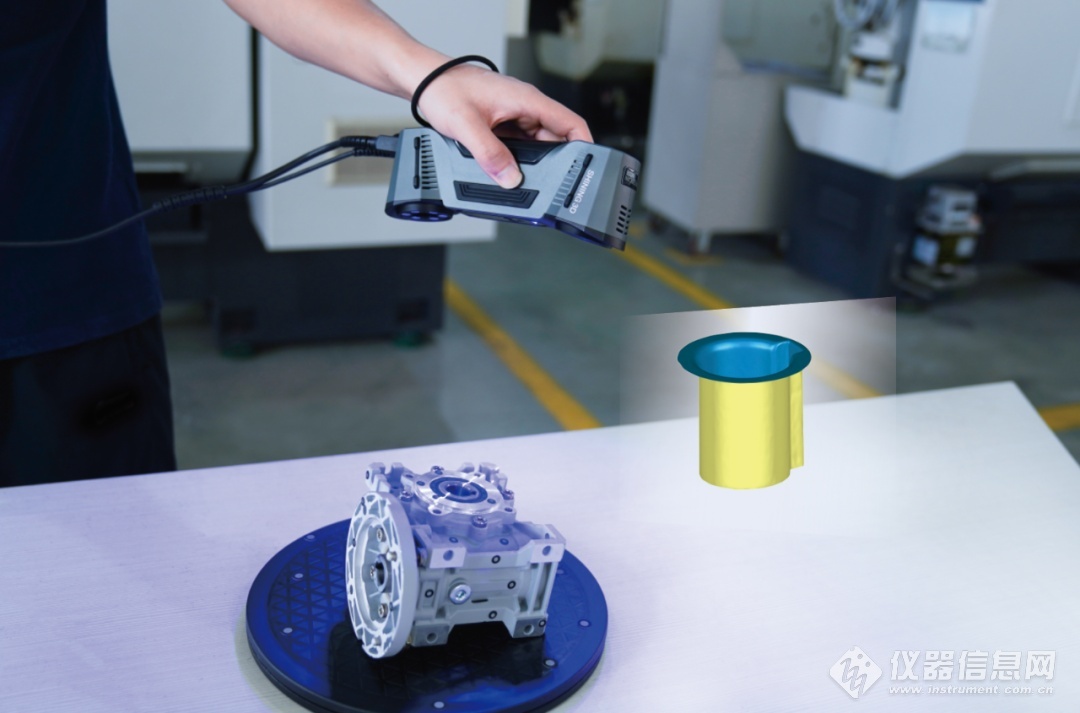In the evolving landscape of 3D printing, specialty filaments like wood fill, metal fill, and others are gaining popularity. These materials aren’t just about printing; they are about creating textures, strengths, and aesthetics that were previously unimaginable. This article will guide you through the nuances of working with these unique filaments, highlighting their distinct characteristics and potential applications.
Mastery in Printing with Unique Materials
When it comes to printing with carbon fibre-infused filaments, ideal for models needing extra strength like quadcopters or remote-controlled vehicles, the focus is on balancing higher printing temperatures with slower print speeds. This ensures the strength of carbon fibre is fully harnessed without compromising print quality.
Wood filaments, combining PLA with materials like cork or wood dust, demand a delicate approach. The key lies in managing lower printing speeds and slightly higher temperatures compared to regular PLA. The real magic happens in post-processing, where sanding the print can enhance its wooden appearance.
For those enamoured with the lustre of metals, metal-infused filaments containing powders of copper, bronze, or brass, offer an opportunity to create prints with a metallic finish. The challenge here is to handle increased nozzle temperatures and regular maintenance to counteract the wear from metal particles. Post-processing, such as polishing, can significantly enhance the metallic sheen of these prints.
Celebrating Creations with Specialty Filaments
The use of specialty filaments is not just about the process but also about the incredible results. Wood filaments bring a natural elegance to architectural models, eliminating the need for complex woodworking skills.
Carbon fibre filaments lend their robustness to functional parts in robotics or automotive projects. In the realm of art, metal and glow-in-the-dark filaments offer a unique medium for sculptors and designers, producing pieces that captivate and mesmerise.
Overcoming Challenges with Specialty Filaments
Working with specialty filaments often means navigating through a few common challenges. Clogging, a frequent issue due to the accumulation of specialty particles, can be mitigated through regular nozzle cleaning and possibly using a larger diameter nozzle.
Poor layer adhesion, usually a result of incorrect temperature settings, calls for a careful adjustment of the temperature based on the filament type. Warping, especially prevalent in high-temperature materials like polycarbonate, can be addressed by using a heated bed and enclosing the printer to maintain a stable temperature environment.
Mastering the Art of Specialty 3D Printing
The journey with specialty 3D printing filaments is one of discovery and innovation. It requires a blend of technical understanding and creative experimentation. By embracing these advanced materials and mastering the techniques to work with them, the possibilities for what can be created are virtually limitless. The key is to experiment, adjust, and most importantly, enjoy the creative process!





